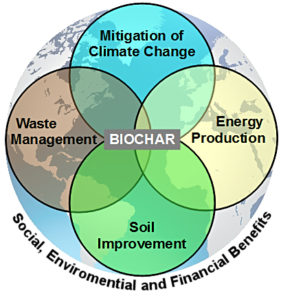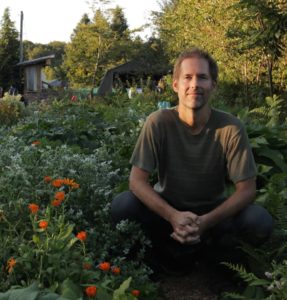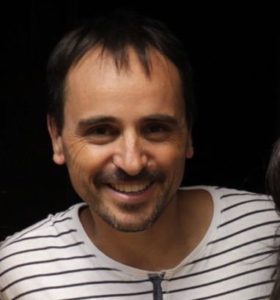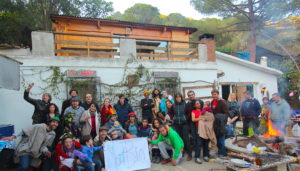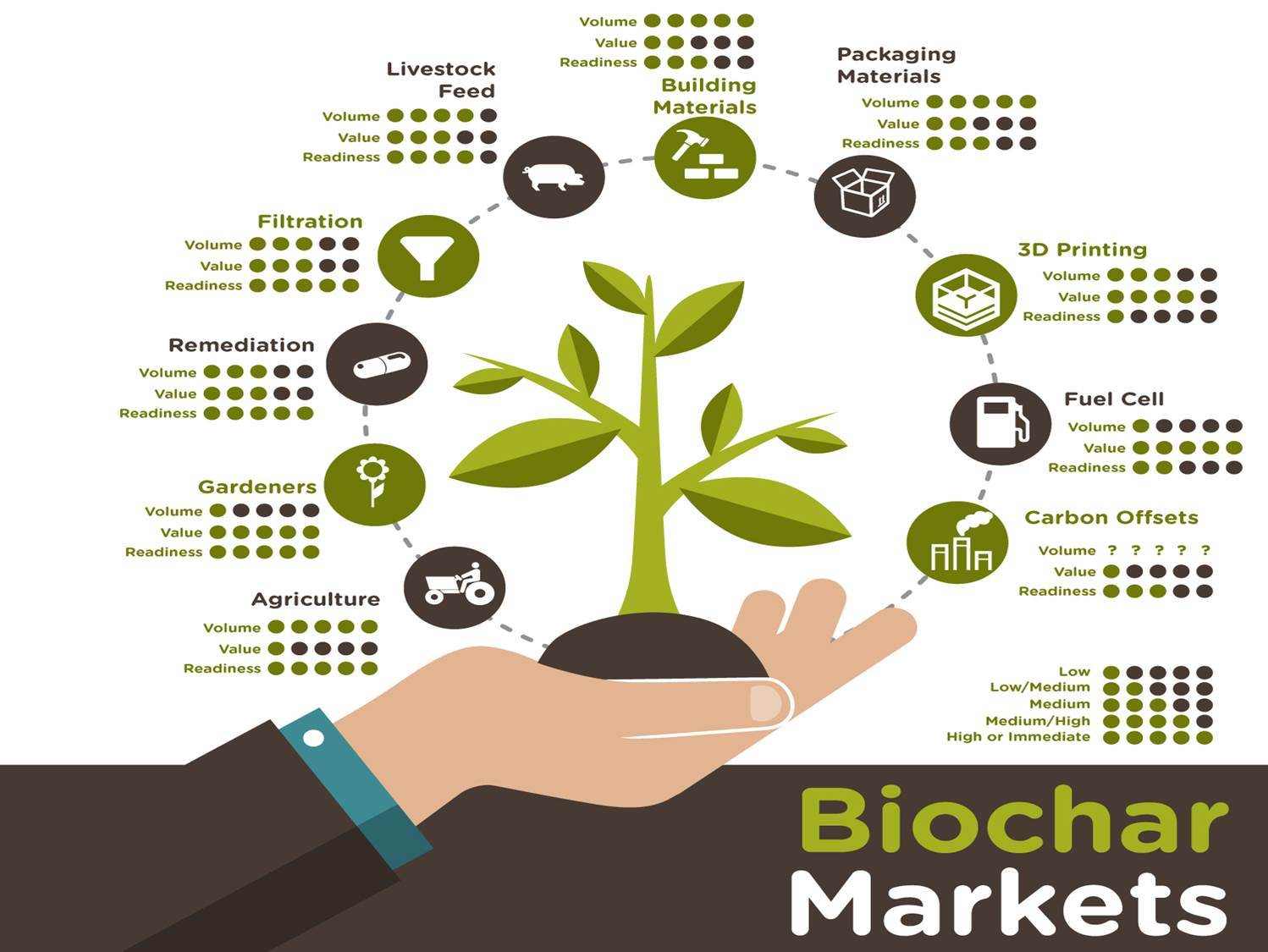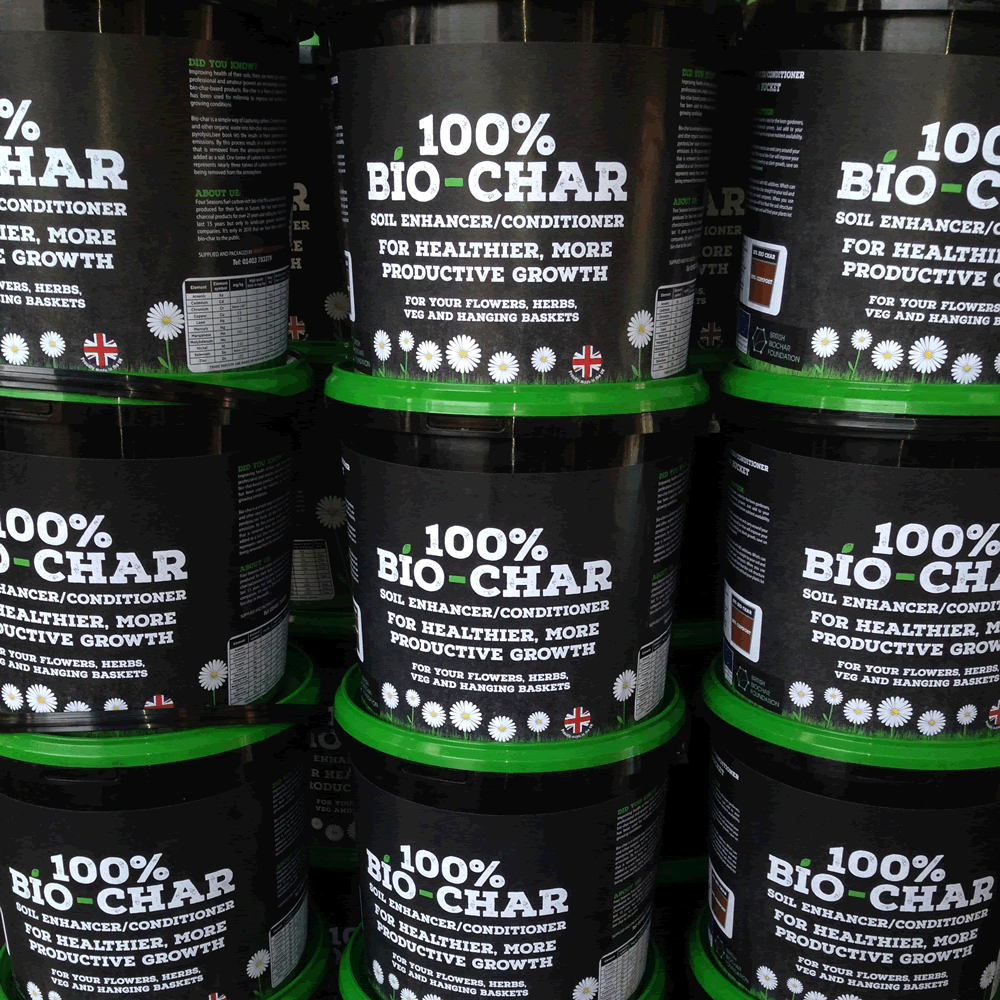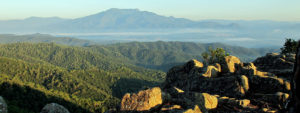Para ver la pagina en Castellano pincha aquí
The four families initiating MontBio live in Montnegre i el Corredor park, a 15,000 hectare nature preserve in the coastal mountains of Catalunya, Spain. Passing sailors gave Montnegre (“Black Mountain”) its name centuries ago due to its dark smoky appearance – a consequence of the region’s former economical lifeblood, the production of charcoal from its forests.
The MontBio project was born one day when one of the co-founders was thinking about how the Circular Economy could be applied and implemented in our local community, which is characterised by high unemployment, poor road access, and a challenging rugged terrain…then Alfred had a “Eureka!” moment…
What is our most abundant natural resource here in the mountains? Wood. What happens to much of the wood that is legally required to be cut to reduce the risk of wildfires? It is burned to ash and wasted. How could we do things differently? “Biochar”! We will bring back the ancient tradition of making charcoal in Montnegre, but this time by putting the carbon in the ground instead of the atmosphere.
MontBio is a winner of the 2017 Lush Spring Prize for Social and Environmental Regeneration
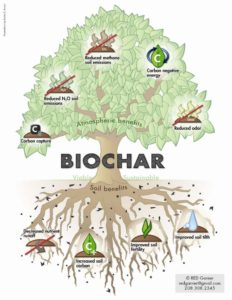 Biochar
Biochar
Although it has the potential to be used for many different purposes, biochar is essentially charcoal made with modern technology. If produced on an appropriate scale, from renewable resources, and using regenerative design principles, biochar can play a significant role in addressing some of the world’s most critical problems including climate change, fossil fuel dependence, declining soil fertility, and economic crisis.
In our five-year business plan, we dedicate the first two years to testing and working with local foresters; the third and fourth years, defining products and developing distribution; and in our fifth year, having a working and replicable community biochar business in operation.
What We Do
The immediate beneficiaries of the project will be the founding families of the cooperative, who will earn a part-time salary taking advantage of what is currently treated as a waste product – the wood that is cut during forest thinning operations and is too small or the wrong species to have market value – to create high value biochar products.
The Association of Private Property Owners (“Associació de Propietaris del Montnegre i Corredor”) manage approximately 7,000 hectares of forest http://montnegrecorredor.org/. We have developed a win-win collaboration with their forestry technicians: when they must eliminate the wood waste in their operations, we will be allowed to use this material to make biochar (see letter of support from the Association for our project here). They save labour and time, while we have free access to a resource.
There are other benefits and beneficiaries. Mediterranean forests are adapted to fire and grazing animals such as deer, yet humans have suppressed the presence of both. The result: overgrown forests that experience catastrophic fires. By thinning the forest and then fixing the carbon in biochar, we simultaneously reduce the risk of wildfires which endanger lives and homes; improve the fertility and water retention of the soil; decrease the amount of climate change-causing emissions; and increase the resilience of the forest ecosystem.
 The project is designed with the future possibility of sharing common structures such as a brand and a commercialization scheme for helping other workers cooperatives start up in Catalunya, with whom we could also share knowledge along the lines of Open Source Ecology.
The project is designed with the future possibility of sharing common structures such as a brand and a commercialization scheme for helping other workers cooperatives start up in Catalunya, with whom we could also share knowledge along the lines of Open Source Ecology.
Values
The core values of MontBio are prioritising and promoting the intelligent use of carbon for ecological, economic and social regeneration; climate change adaption; and truly ethical consumerism.
As the Ithaka Institute states in identifying 55 practical uses of biochar, “We are convinced that biochar will be one of the key materials for a new bio-based materials future. Be it in (3D-printed) solar panels, electric batteries, soil amendments, insulation, water filters, 3D-printer inks, food conserving packaging, and all sorts of bio-intelligent consumer goods.” While creating biochar, we also create social transformation.
Our Home
Every year we watch in frustration as a large amount of forest prunings are burnt instead of made into biochar, wasting human time and labour and all of the opportunities to use carbon intelligently. Meanwhile, the community residents produce very little of what we consume, bringing resources from afar up into the mountains and sending out raw logs that are made into low value products such as pallets and paper pulp. Yet Montnegre could demonstrate how a community can live differently, adding more to the forest than it takes out, and producing a high value product right where we live.
 MontBio will take an important first step in developing a local economy. While working on a small-scale level, we will develop a business based on the Mondragon Corporation’s model of a cooperative venture with four “Corporate Values”: Co-operation, acting as owners and protagonists; Participation, which takes shape as a commitment to management; Social Responsibility, by means of the distribution of wealth based on solidarity; and Innovation, focusing on constant renewal in all areas. This business philosophy of participation and solidarity, while creating economically-viable products, will help to guide us towards business practices in line with the Circular Economy objectives of “reducing waste and avoiding pollution by design or intention [and] being restorative and regenerative by design,” and the principles of “Waste is food” and “Energy must come from renewable sources”.
MontBio will take an important first step in developing a local economy. While working on a small-scale level, we will develop a business based on the Mondragon Corporation’s model of a cooperative venture with four “Corporate Values”: Co-operation, acting as owners and protagonists; Participation, which takes shape as a commitment to management; Social Responsibility, by means of the distribution of wealth based on solidarity; and Innovation, focusing on constant renewal in all areas. This business philosophy of participation and solidarity, while creating economically-viable products, will help to guide us towards business practices in line with the Circular Economy objectives of “reducing waste and avoiding pollution by design or intention [and] being restorative and regenerative by design,” and the principles of “Waste is food” and “Energy must come from renewable sources”.
Social resilience will be developed by building a degree of self-reliance and self-sufficiency in terms of goods and services, beginning with the various products made through biochar and the economy that it can generate.
The experience of working together in a cooperative model will have a generate cohesion within the community as a whole, and will inspire other types of socially and ecologically-responsible production.
The Challenges Ahead
Our key initial challenge is to raise awareness of the urgent need to use carbon as a valuable resource instead of a waste product. Until the beneficial uses of biochar are recognised widely enough to translate into financial value, it will be hard to make biochar production economically viable, especially if we want to use it to improve the long-term health of the forest.
Though Spain continues to be mired in economic crisis, if there is to be a future here, the intelligent use of carbon will be one of its main features. The challenge is to be able to survive economically until our market has been developed. At that point, we anticipate using other waste streams from transfer stations and agricultural collectives.
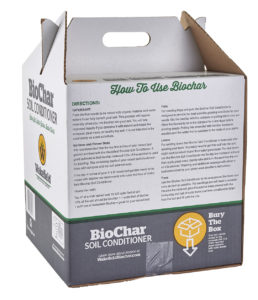 Meanwhile, aside from selling biochar to farmers and gardeners as a soil amendment, we have been told that it is likely that there will soon be grants from the Catalan government for creating biochar from the “wastage” of forestry operations which will be left in the forest to improve the soil fertility and water retention capabilities – both of which are seen as critical to climate change adaptation and reduction of wildfire risk.
Meanwhile, aside from selling biochar to farmers and gardeners as a soil amendment, we have been told that it is likely that there will soon be grants from the Catalan government for creating biochar from the “wastage” of forestry operations which will be left in the forest to improve the soil fertility and water retention capabilities – both of which are seen as critical to climate change adaptation and reduction of wildfire risk.
In our isolated rural context, the residents are considered to be at risk of “social exclusion” due to the lack of public transport and the rough dirt roads which can make it uneconomical to drive to work in the towns below. This lack of access can prevent the residents from working, studying, receiving job training, and complicating other aspects of life such as obtaining health care services. The situation requires that the community develops ways to meet its needs as much as possible from the residents and resources of the mountain instead of relying on distant and costly services.
The Forest Around Us
Biochar is produced by a process of “pyrolysis”, heating in the absence of oxygen. Aside from forestry prunings, almost any kind of biomass can be pyrolysed, including wastes from farms, gardens, landscapes, and paper mills.
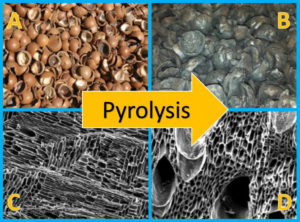 The topography of our mountain region precludes most agricultural activities, so the most abundant waste stream that we can take advantage of in order to close a resource loop is forestry waste. A review of the significant body of scientific literature concludes that while more research is necessary to develop carbon-intelligent strategies and best practices, there is ample evidence that biochar regenerates degraded soils by improving water retention, aeration, and tilth, holds nutrients, and creates habitat for soil microbes. One study found that “biochar production and mixing in soil are seen as the best options for atmospheric carbon sequestration, providing simultaneous benefits to soil and opportunities for distributed energy generation…is there enough biomass around to have significant impact on the atmospheric CO2 levels and is there enough soil area for biochar dispersal [?]….The answers are soundly positive.” (Matovic 2010).
The topography of our mountain region precludes most agricultural activities, so the most abundant waste stream that we can take advantage of in order to close a resource loop is forestry waste. A review of the significant body of scientific literature concludes that while more research is necessary to develop carbon-intelligent strategies and best practices, there is ample evidence that biochar regenerates degraded soils by improving water retention, aeration, and tilth, holds nutrients, and creates habitat for soil microbes. One study found that “biochar production and mixing in soil are seen as the best options for atmospheric carbon sequestration, providing simultaneous benefits to soil and opportunities for distributed energy generation…is there enough biomass around to have significant impact on the atmospheric CO2 levels and is there enough soil area for biochar dispersal [?]….The answers are soundly positive.” (Matovic 2010).
The Catalan government recently published their Third Report on Climate Change, in which they cite biochar repeatedly in their climate change mitigation strategy.
Connections
Our project is indeed connected and making alliances with other organisations and wider networks.
On a local level, we are collaborating with the Associació Propietaris del Montnegre in order to obtain the base resource for our biochar production. Aside from the forestry material, we also hope to obtain other biomass resources from large properties that cut down trees and other vegetation for landscaping and then pay to have it delivered to a transfer facility – material that we could offer to collect for free.
The two project coordinators, Alfred Decker and Albert Vila, will link MontBio with their current projects.
Alfred teaches permaculture widely throughout Europe, and is currently developing a demonstration site in Montnegre called Can Comú.
We will post updates here on future possible collaborations with the Natural Park, CREAF, and the Catalan Office for Climate Change.
Onwards
We plan to create a small-scale working model over the next five years that can be replicated globally in any community that has access to biomass “wastes”. To make this possible, we will thoroughly document the process, explaining what we learned; what mistakes we made; how to make the business viable; and what directions can we take in the future. We chose to keep this project agile and efficient in order to create a model that can be copied widely without a large-scale initial investment, and have time to share the knowledge gained with interested organisations and communities worldwide.


